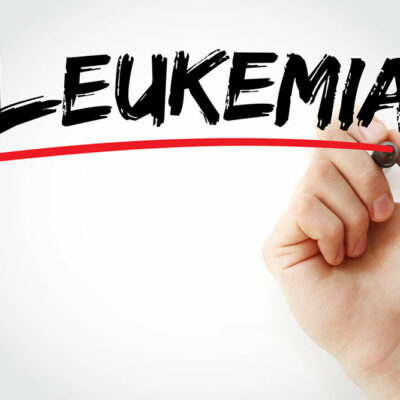
Renal cancer – Different stages and the treatment
Renal cancer or kidney cancer is when the cells become malignant and start growing in an uncontrollable way in the lining of the tubules of the kidneys. The kidneys, which are vital organs in the human body, have tiny tubules that perform functions such as urine formation, blood filtration, and excretion of toxins from the body. This type of disease is also known as renal cell carcinoma.
Various factors are responsible for causing renal cancer, such as the following:
- Exposure to asbestos or different dyes
- Consuming pain-relieving medicine for a long time
- Suffering from Hepatitis C, cystic kidney disease, obesity, or high blood pressure
- Continuous smoking habits
- Genetics
- Having a close relative, especially a sibling, who is suffering from the same disease
Patients might not experience symptoms in the early stages. However, with time, the symptoms start showing up. Patients can experience symptoms like continuous pain in the sides, specifically near the kidneys, a lump in the back or in the abdomen, blood in the urine, anemia, losing weight, feeling fatigued, and also the loss of appetite.
Different stages of renal cancer
As the cancerous cells start growing and spreading, they are categorized as different stages of renal cancer. They are as follows:
- Stage 1 : In this stage, the tumor is about 2.8 inches in size and is present in the kidney.
- Stage 2 : In this stage, the tumor has grown bigger. However, it is still restricted to the kidney.
- Stage 3 : At this stage, irrespective of the size of the tumor, it has spread beyond the kidney to the nearby blood vessels, lymph nodes or to the adrenal gland.
- Stage 4 : At this stage, the tumor has either affected at least a lymph node or spread further to other organs.
Treatment for renal cancer
Renal cancer, if detected early, can be cured with the following treatment options:
- Surgery : Two types of surgeries are generally conducted: partial nephrectomy and nephrectomy. During the first procedure, the kidney is removed partially, while an entire kidney is removed during the second procedure. A person can function with one kidney, so sometimes the removal of the entire kidney is considered depending on the spread of cancer.
- Embolization : In this process, a catheter is inserted into the groin. A special material is passed through this catheter into the blood vessel to block the flow of blood to the tumor. Devoid of oxygen and other nutrients, the tumor will automatically shrink.
- Cryoablation : This process involves the insertion of needles into the tumor. Through these needles, gas is passed to freeze, warm, and refreeze the cells, which, in turn, will kill the cancerous cells.
- Biological therapy or immunotherapy : The body’s own immune system is used to defend cancer.
- Radiation : High energy X-rays are used to kill the cancerous cells.
Depending on the stage of cancer the patient is diagnosed with and their overall health condition, different treatment options are considered.


